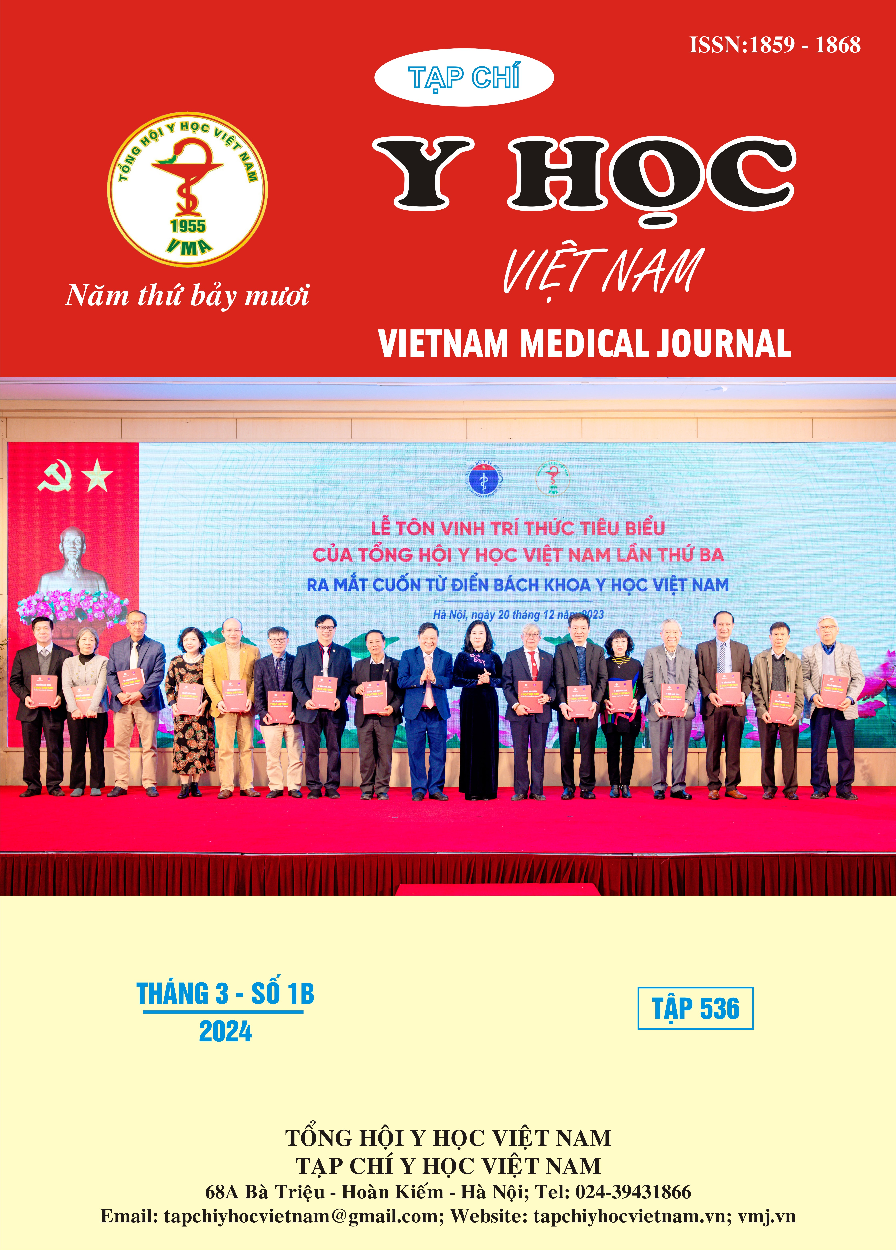KHẢO SÁT HOẠT TÍNH CHỐNG OXY HÓA TRÊN IN VITRO VÀ TÁC DỤNG BẢO VỆ GAN TRÊN CHUỘT NHẮT TRẮNG CỦA CAO ĐẶC NÚC NÁC
Nội dung chính của bài viết
Tóm tắt
Nghiên cứu này được tiến hành nhằm khảo sát độc tính cấp, hoạt tính chống oxy hóa và bảo vệ gan của cao vỏ thân núc nác. Về tác dụng loại bỏ gốc tự do DPPH, cao núc nác có hoạt tính chống oxy hóa với IC50 = 69,5 µg/mL. Nghiên cứu độc tính của cao ở liều 10 g/kg cho tỉ lệ sống sót 100% và không con vật nào có biểu hiện độc tính sau 14 ngày uống cao. Ở mô hình gây độc gan bằng CCl4 cho thấy, uống cao núc nác ở liều 900 mg/kg và 1200 mg/kg đã làm giảm đáng kể sự tăng nồng độ AST và ALT so với lô chứng bệnh lý. Kết quả mô bệnh học phù hợp với các thông số hóa sinh.
Chi tiết bài viết
Tài liệu tham khảo
1. Đỗ Huy Bích (2006), "Núc nác", Cây thuốc và động vật làm thuốc ở Việt Nam tập 1, Nhà xuất bản Khoa học và Kỹ thuật, Hà Nội, tr. 480-484.
2. Cục Khoa Học Công Nghệ Và Đào Tạo (2015), Quyết định về việc ban hành tài liệu chuyên môn “Hướng dẫn thử nghiệm tiền lâm sàng và lâm sàng thuốc đông y, thuốc từ dược liệu”, 141, Bộ Y tế, Hà Nội.
3. Ahad A., et al. (2012), "Therapeutic potential of Oroxylum indicum: A review", Journal of Pharmaceutical Research and Opinion 2. 10, pp. 163-172.
4. Dinda B, SilSarma I, Dinda M, Rudrapaul P (2015), “Oroxylum indicum (L.) Kurz, an important Asian traditional medicine: from traditional uses to scientific data for its commercial exploitation”, J Ethnopharmacol. 161, p. 255-278.
5. Mishra SL, et al. (2010), "In vitro antioxidant potential of different parts of Oroxylum indicum: a comparative study", Indian journal of pharmaceutical sciences. 72(2), p. 267-269.
6. Moirangthem D.S, et al. (2013), "Differential effects of Oroxylum indicum bark extracts: antioxidant, antimicrobial, cytotoxic and apoptotic study", Cytotechnology. 65, pp. 83-95.
7. Trang DHT, Son HL, Trung PV (2018), "Investigation on the in vitro antioxidant capacity of methanol extract, fractions and flavones from Oroxylum indicum Linn bark", Brazilian Journal of Pharmaceutical Sciences. 54(1), pp. 1-7.
8. Zhang H, Tsao R (2016), "Dietary polyphenols, oxidative stress and antioxidant and anti-inflammatory effects", Current Opinion in Food Science. 8, pp. 33-42.
2. Cục Khoa Học Công Nghệ Và Đào Tạo (2015), Quyết định về việc ban hành tài liệu chuyên môn “Hướng dẫn thử nghiệm tiền lâm sàng và lâm sàng thuốc đông y, thuốc từ dược liệu”, 141, Bộ Y tế, Hà Nội.
3. Ahad A., et al. (2012), "Therapeutic potential of Oroxylum indicum: A review", Journal of Pharmaceutical Research and Opinion 2. 10, pp. 163-172.
4. Dinda B, SilSarma I, Dinda M, Rudrapaul P (2015), “Oroxylum indicum (L.) Kurz, an important Asian traditional medicine: from traditional uses to scientific data for its commercial exploitation”, J Ethnopharmacol. 161, p. 255-278.
5. Mishra SL, et al. (2010), "In vitro antioxidant potential of different parts of Oroxylum indicum: a comparative study", Indian journal of pharmaceutical sciences. 72(2), p. 267-269.
6. Moirangthem D.S, et al. (2013), "Differential effects of Oroxylum indicum bark extracts: antioxidant, antimicrobial, cytotoxic and apoptotic study", Cytotechnology. 65, pp. 83-95.
7. Trang DHT, Son HL, Trung PV (2018), "Investigation on the in vitro antioxidant capacity of methanol extract, fractions and flavones from Oroxylum indicum Linn bark", Brazilian Journal of Pharmaceutical Sciences. 54(1), pp. 1-7.
8. Zhang H, Tsao R (2016), "Dietary polyphenols, oxidative stress and antioxidant and anti-inflammatory effects", Current Opinion in Food Science. 8, pp. 33-42.


